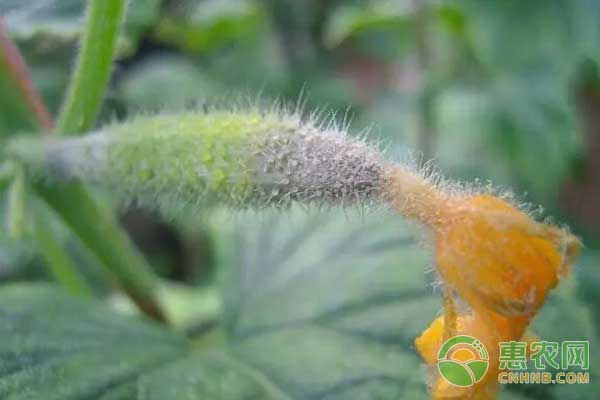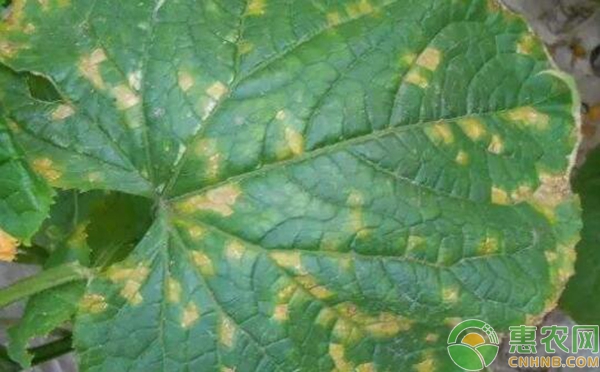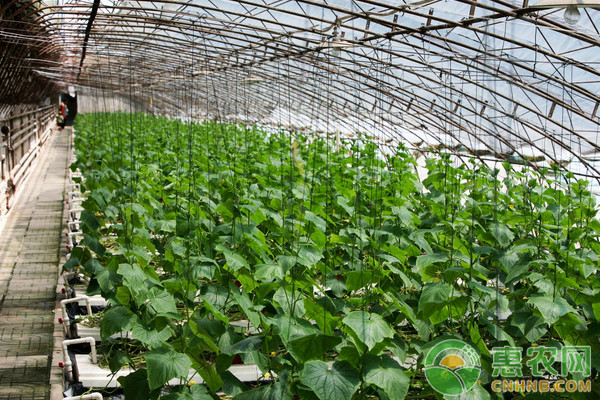In recent years, the two diseases of cucumber downy mildew and bacterial angular spot disease often occur at the same time, and the symptoms are very similar, which often causes misdiagnosis and delays the serious loss caused by the prevention and treatment. Therefore, it is highly important to treat downy mildew and bacterial keratosis of cucumber and correctly distinguish them. So how do you distinguish between downy mildew and bacterial angular spot disease in cucumber?

First, the difference between the symptoms of the two diseases
The pathological shape and size of cucumber bacterial leaf spot disease are polygonal, the lesions are large, and the spread spreads quickly. In the later stage, the lesions merge into a single lesion with a polygonal shape and small lesions. The color of the lesion and the color of the perforated lesion are darker, yellowish brown, not open, and the color of the non-perforated lesion is deep and shallow, and the edge of the lesion is cracked at the edge.
The leaf disease characteristics of cucumber downy mildew are not water-stained. The black mold layer on the lesion is wet when the water stain is obvious, the back of the leaf produces milky white pus, the diseased leaf has no light transmission feeling to the light, and there is light transmission feeling. . The main infringement of leaf fruit can occur.
Second, the two conditions of the disease
1. Cucumber downy mildew
The suitable temperature for germ germination is 15 ~ 25 ° C, the humidity is 83%, and the temperature of cucumber growth is also within the most active temperature range of the pathogen, so it is very easy to develop. Especially in greenhouse cultivation, relatively closed, large temperature difference between day and night, high relative humidity, easy to condense water droplets on plants, forming a water film, providing suitable humidity conditions for the occurrence, development and harm of cucumber downy mildew. In a suitable disease environment, the pathogen can complete the invasion and cause the disease in 2 hours, and the black mold layer is produced in 4 hours. In particular, poor temperature and humidity control, improper air release or watering in the evening is particularly beneficial for invasive pathogens.

2, cucumber bacterial angular leaf spot
The pathogens are overwintered in the soil or in the soil with the diseased plant residues and spread through rain, insect or farming operations. For example, if the seed is sown, the pathogen can infect the cotyledon to cause the disease when the seed is germinated. The diseased cotyledons produce milky white pus on the lesions on the back of the leaves, and the pathogens are transmitted through wind and rain, insects, etc., for reinfection.
Third, the prevention and treatment of diseases
1, choose resistant varieties
It can be used for high-quality, high-yield varieties such as Jinyou No. 30, Fuer Shed No. 1, and Protected Area No. 3.
2. Strengthen cultivation management
First, use disease-free seeds or seed disinfection. Before sown, germination and germination, first scalding in 50-55 ° C warm water for 10 min, stirring seeds constantly while scalding, when the water temperature drops to 30 ° C, the temperature is soaked for 4 h, then washed and packaged, and then placed in a 28 ° C environment to germination. The second is to graft cucumber with black seed pumpkin to promote healthy growth. After 5 to 7 days of sowing the cucumber, the black seed pumpkin is sown and grafted for about 10 to 13 days. After the grafted seedlings were implanted in the seedbed, the small arch shed was warmed and moisturized. After 3 days, the air was gradually ventilated. After one week, the arch shed was removed. The temperature difference between day and night was increased one week before planting, and the seedlings were incubated at low temperature to cultivate strong seedlings. The third is to implement a crop. Before the cucumber greenhouse, it should be a non-cucumber crop to reduce the pathogenic bacteria in the soil and reduce the chance of disease. The fourth is to adjust the plants in a timely manner. During the fruiting period of cucumber, it is necessary to entangle the vines and adjust the height of the plants to facilitate ventilation and light transmission. When the vine is raked, the lower old yellow leaves and diseased leaves are removed. The length of each vine is 30-40 cm, the height of the plant is controlled between 1.7 and 2 m, and the functional leaves are maintained at about 15. The length of each vine and the removal of the yellow leaves of the diseased leaves should not be excessive, so as not to affect the normal growth and development. For the vigorously growing plants, the picking period of the melons should be properly extended. For the plants with weak stems and poor growth potential, the melons should be picked early. Tendrils, malformed melons, and melons should be removed in time. In the late stage of plant growth, in order to reduce the consumption of ineffective nutrients, it is necessary to top out the heart. The fifth is ecological prevention and control. Through ventilation and drainage, shading and cooling, appropriate amount of foliar spray fertilizer and spraying plant growth regulators, promote the healthy growth of cucumber and enhance its own disease resistance.

3, drug prevention
(1) Use rain or dust to control diseases in rainy days. Each time 667m2 discharge 10% chlorothalonil or 10% downy mildew 250-500g, 50% downy mildew one smoked smoked agent 90-180g, 10% chlorothalonil dust 1000g, prevention Cucumber downy mildew.
(2) Sunny spray control. For cucumber keratosis, 14% solution of lycopene copper solution 300 times solution, 1.5% nail cream copper WP 600 times solution, 60% bromophosphine aluminum WP 500 times solution, 47% garinong can be used. Wet powder 800 ~ 1000 times liquid, 72% agricultural streptomycin 4000 times liquid spray control. For cucumber downy mildew, 64% chlorpyrifos 400 times solution, 72% DuPont gram lot 600-750 times solution, 40% ethyl phosphine aluminum 200 times solution, 58% Redolmer 500 times solution, 72.2% Lectra 800 times liquid control. Pesticides should be used alternately, spray once every 5 to 7 days.
Fourth, several problems should be paid attention to in the prevention and treatment of chemicals
1. Choose the right time for spraying. It is best to spray on the sunny day. Before the fight, first ventilate, and spray the leaves on the leaves before applying the medicine.
2, the spray requires neither leakage nor heavy spray.
3, the spray should be carried out in order, first spray from the lower part of the melon body, focus on the back of the blade.
4, spray medication can be added synergist to improve the efficacy.
About the downy mildew of cucumber and bacterial angular spot disease, I will introduce it to you. After the rain, especially the cold-shelter cucumber is prone to bacterial angular spot and downy mildew. Everyone must do the relevant prevention and control measures.
Fireproof Safe,Fire Proof Safe,Rifle Fireproof Safe,Fire Resistant Safe
Ningbo Reliance Security Technology CO.,Ltd , https://www.reliancesafes.com